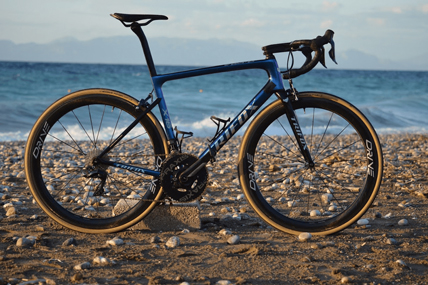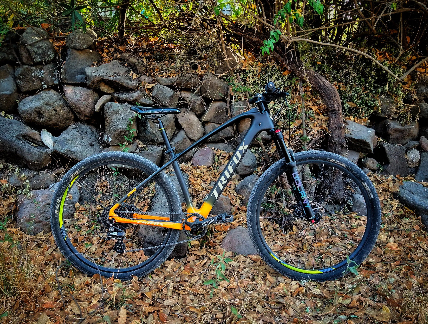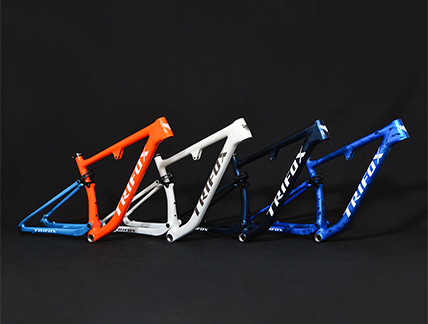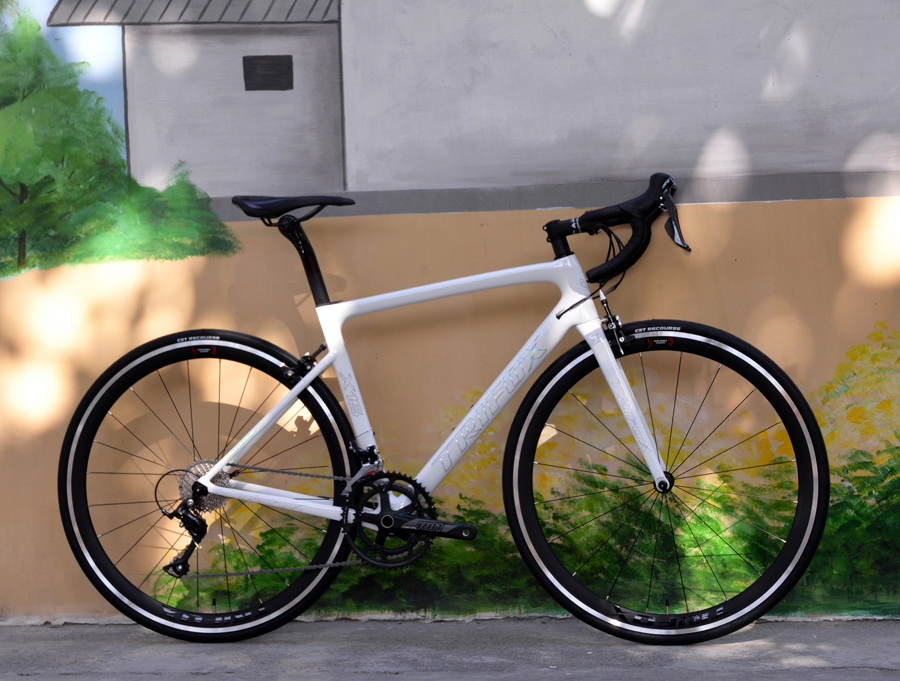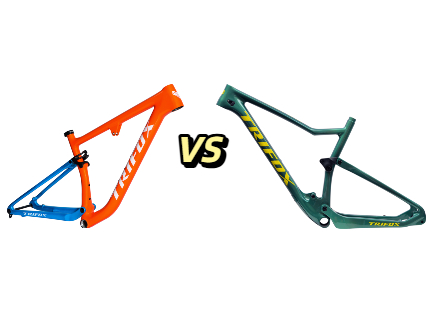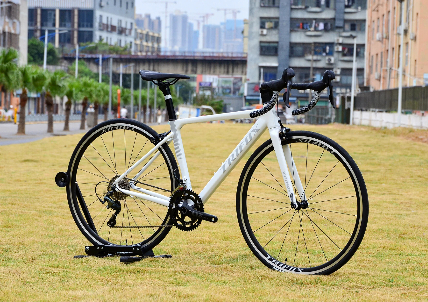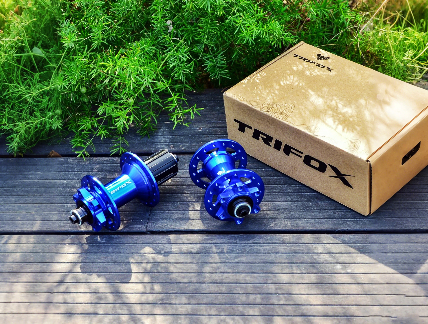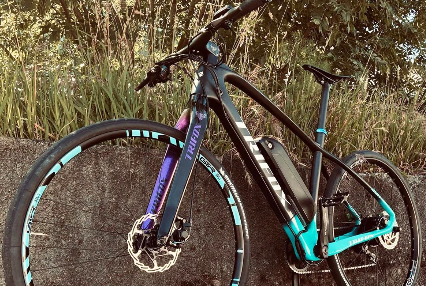If you are not a born “climbing king”, the methods shared below may make climbing easier for you and learn to love climbing:
1. Prepare in advance
The long climb seems long and necessary. You can divide it into several groups, for example, every 20 minutes as a group, and then rest for 5-10 minutes before starting. At that time, you will find that the climb is no different.
If you can find a suitable mountain road, it will be more meaningful to conduct such training.
2.Don’t burn yourself out
Sometimes, weaker climbers like to chase desperately on flat roads, but the result is often that the climbers reach the top of the mountain with ease, while those with weaker climbers are already exhausted.
If you are not a climber, don’t be afraid, whether it is the flat road or climbing, you must maintain your own rhythm.
3.Know Your Limits
If you’re preparing for a busy season, it pays to have some competition with your teammates.
When you choose to attack, there is no point in riding continuously for 10 minutes at high intensity, because once you lose your strength, you can only crawl forward for the remaining 50 minutes.
Of course, you need to know how long the climb is and the heart rate or power you want to maintain during it.
If you’re happy to suffer, go for a ride that’s reckless, but you’ll find your heart rate going up and down, and if you want to create your best challenge time, keep your output steady.
4.Be optimistic
Climbing a hill is as much a mental battle as it is a physical one.
Keep breathing deeply and at a steady pace, trying to relax your upper body while keeping your strength and heart rate within a sustainable range.
If you’re just trying to get to the top, then you really just need to put your mind in a positive place – take a moment to look around, chances are the views around you can’t be enjoyed at home.
5.Properly adjust the riding posture
Whether riding on a saddle or standing up is more comfortable depends on your body structure.
No matter which style of riding you choose, getting up from the saddle every few minutes and constantly alternating sitting and standing positions will help spread the load and pressure on you.
6.Take advantage of every respite
Usually, somewhere along the ride there will be an elevation drop, and use those opportunities to breathe.
If you feel good about catching up on time with your friends, move on. If you are tired, try to keep your legs pedaling at a low speed to eliminate fatigue.
Don’t stop pedaling completely in a hurry, you will feel as if your legs are locked, especially when entering a banked corner, and your condition will be worse.
7.Add more energy
When you ride below 70% to 80% of your maximum heart rate (everyone’s limit is different), your body turns to fat as a fuel source, and the calories from body fat are almost unlimited Yes, even for thin athletes.
Once you exceed this safety zone, your body needs glycogen in the form of carbohydrates for energy.
Humans can store 1800 to 2000 calories of carbohydrates. Once they’re gone, even if you try to break through, you’ll be broken.
When climbing mountains, to control the heart rate zone, you need to add carbohydrates. But large amounts of food can overburden your stomach, so eat sparingly.
Of course, hydration is also important, especially when the sun is shining brightly on you.
8.Dress in layers
It might be hot at the bottom when you first start climbing, but as you get to the top, it gets colder as you get higher.
Bring a gilet or packable jacket, along with warming items, to bring out when you reach the summit so you can wear them against the cold on the descent.
9.Functional rehabilitation
If you’re riding for days on end, make sure you’re well rested.
Eat more carbohydrates to replenish glycogen stores, and eat more protein to help muscle repair. Consider a light sports massage midway through vacation/training camp.
10.Plan your return route
Riding up and down slopes full of turns is like an art, except you’re going much faster. If possible, find some shorter downhills to practice on before heading out, paying special attention to the corners.
Too many drivers get carried away and opt for the race line, which means sliding to the other side of the road in a corner. It’s really not worth the risk and it puts you and your friends and oncoming traffic at risk.
In short, within your limits, enjoy the scenery on the road.


































































